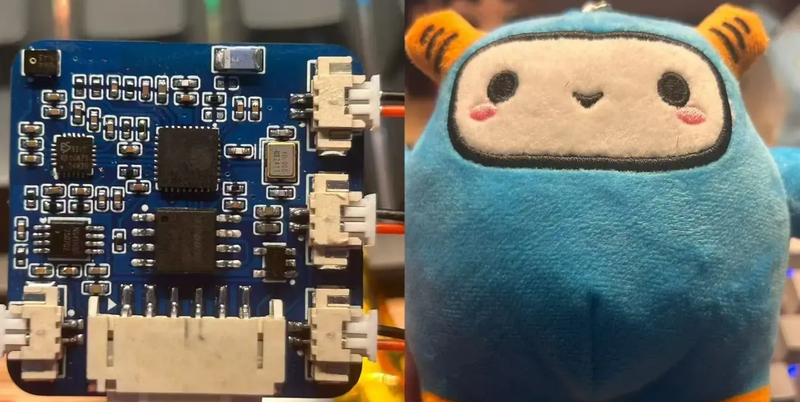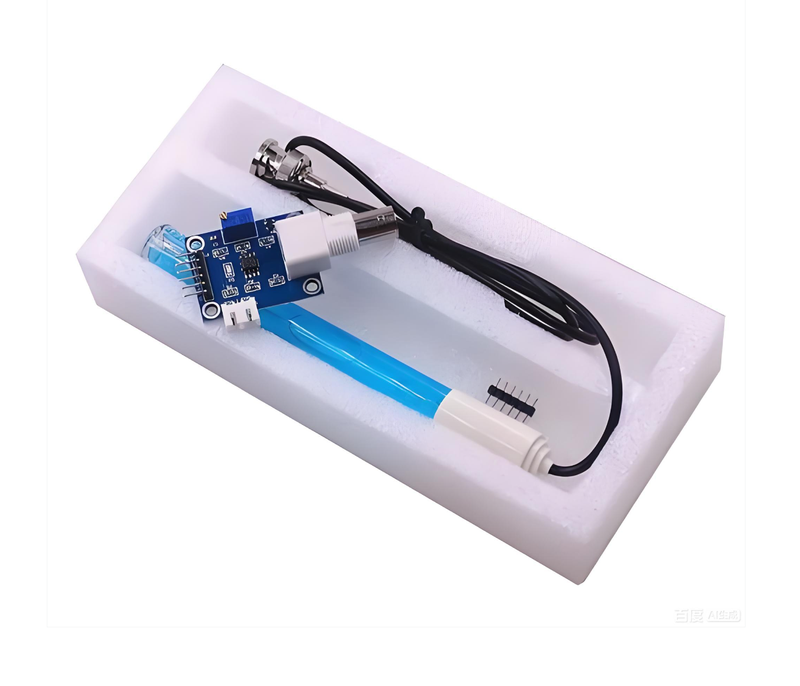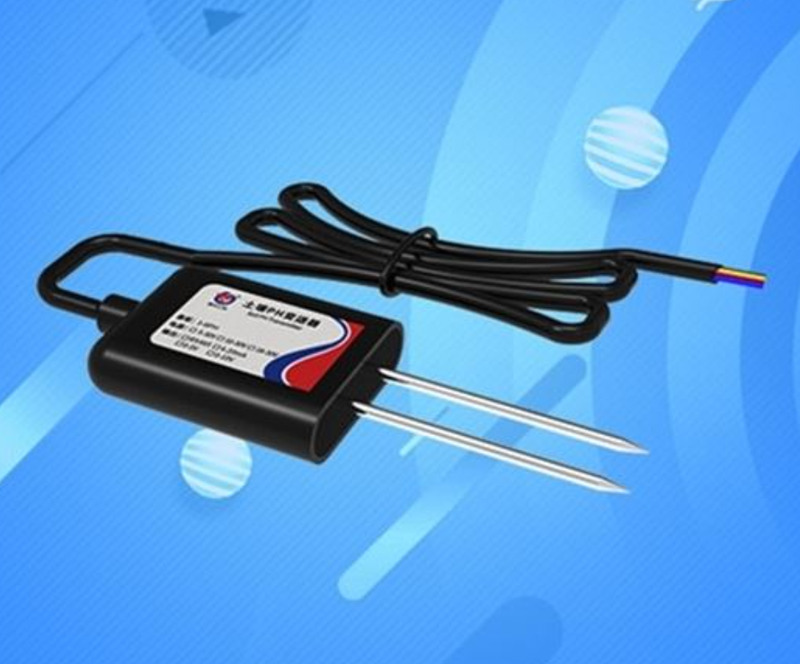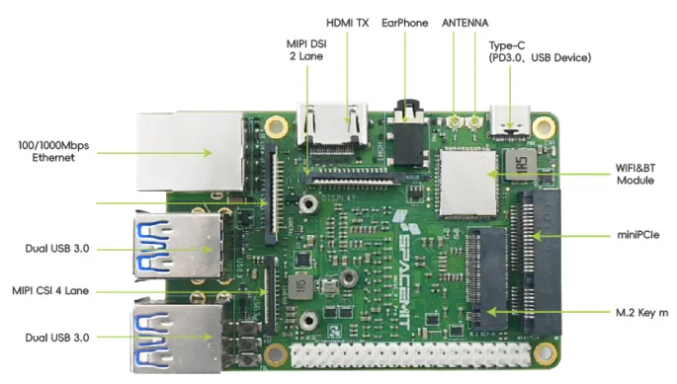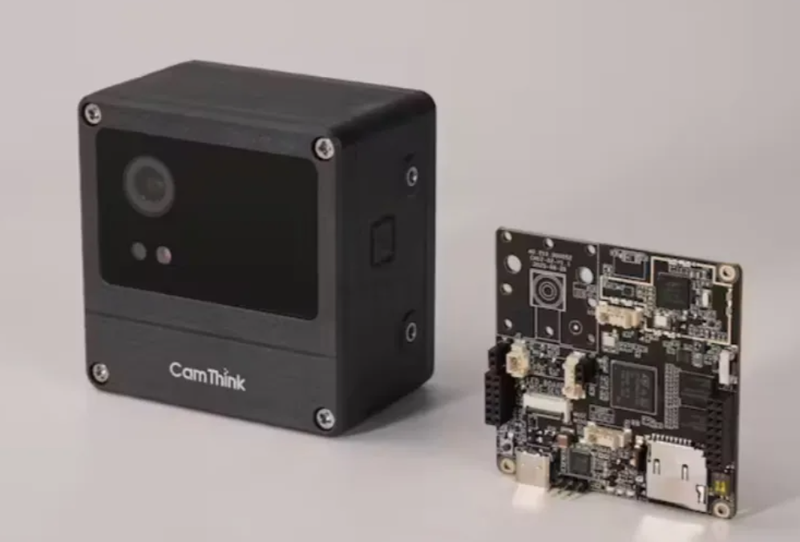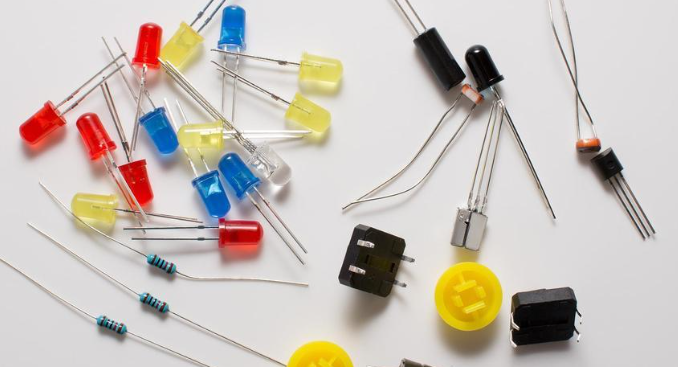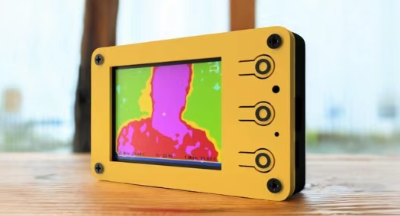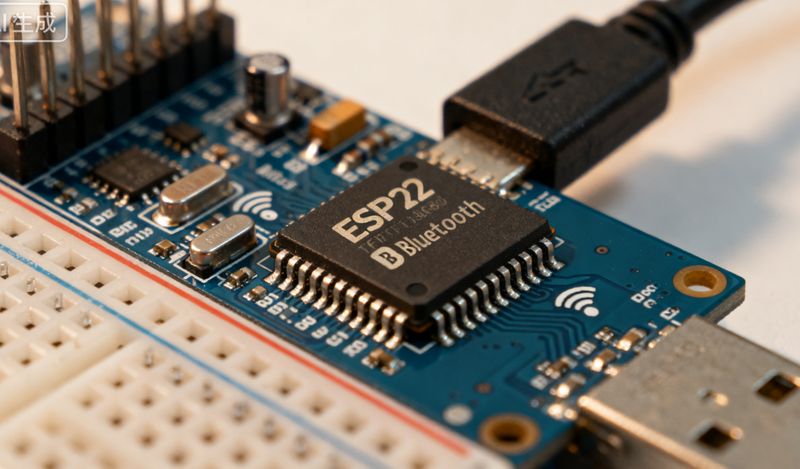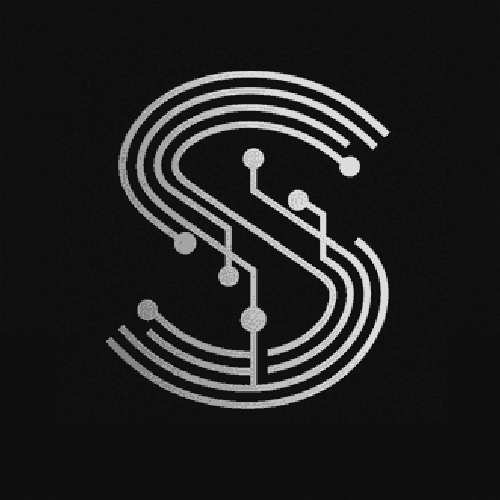This guide details the features of the ESP - Spot AI voice interaction module, including its integrated hardware, voice and motion recognition capabilities, power supply options, and working states. It also explores its applications in smart toys, voice assistants, and home automation, highlighting its open - source advantage.
This article provides guidance on how to select the appropriate pH sensor according to application requirements, sensor type, and specifications, and how to maintain it through calibration, cleaning, and proper storage.
This article explores the applications of pH sensors in the food and beverage, pharmaceutical, and environmental monitoring industries, highlighting their importance in ensuring product quality, process control, and environmental protection.
This article explains the working principles of pH sensors, including the glass electrode and ISFET principles. It also introduces different types of pH sensors such as glass, ISFET, and optical sensors, along with their characteristics and applications.
The MUSE Pi Pro is a credit card-sized single-board computer featuring an 8-core RISC-V K1 processor, 2TOPS AI computing power, and comprehensive I/O interfaces. Designed for robotics, edge computing, and AIoT applications, it supports multiple operating systems and provides complete development tools for efficient intelligent product development.
Open-source AI vision camera featuring STM32N6+STM32U0 dual-MCU architecture, delivering 0.6 TOPS at 3 TOPS/W efficiency with modular design for smart city, industrial, and agricultural applications.
STMicroelectronics announces STM32CubeIDE 2.0.0, decoupling STM32CubeMX from the IDE to improve flexibility, performance, and stability for STM32 developers working with over 4,000 devices.
Explore the often - overlooked diode, understand how it works, and discover its various practical applications in electronics, from circuit protection to logic gates. This article highlights the simplicity, reliability, and versatility of diodes.
Learn how to build a DIY infrared imaging device using an ESP32 and an MLX90640 sensor. Discover its hardware features, circuit design, and more. This guide provides all the information you need for a successful project.
Learn step - by - step how to program the ESP32, including hardware setup, IDE installation, programming language selection, and code examples.
